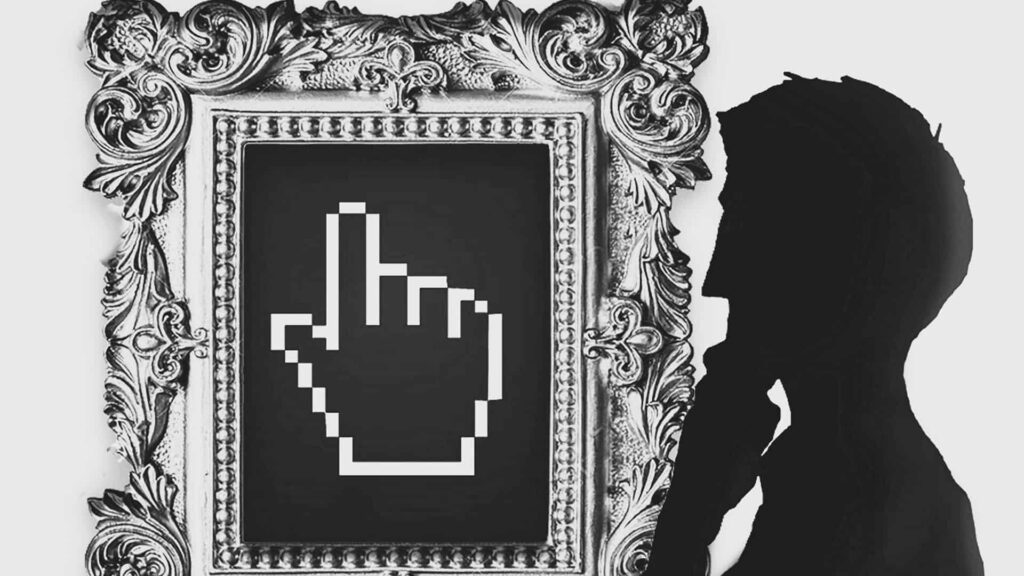Last year, when Mike Winkelmann, the digital artist known as Beeple, sold a non-fungible token (NFT) of his work for a whopping $69 million at Christie’s, it took the art world and the financial world by storm. Everyone was talking about NFTs. Investors wanted to buy them, and artists wanted to mint some to sell their digital art. This led to a mindboggling growth of NFTs, with NFT marketplaces garnering 250 million USD in 2020-2021.
Though they came into the news recently, the technology behind NFTs has existed for a while now. For our readers who might not know, NFTs use to authenticate digital art – enforcing absolute ownership over a digital art piece. Beeple’s famous artwork, ‘Everyday: The First 5000 days’, has a smart contract address and a unique token ID minted through blockchain.
Engage your customer through NFTs
As NFTs gain mainstream popularity, they also give brands a new avenue for revenue and create deeper connections with target audiences. NFTs are being used creatively by brands to create compelling content that is memorable and coveted by their target audience. For instance, it might have seemed a far-fetched proposition to own a moment until recently. But whether it is virtual, sports highlight videos like the NBA Top Shot Moments, or holding a scene from a favorite movie, NFTs have made it possible.
Digital merchandise and experiential memorabilia are other ways that NFTs are leveraged to create awareness and interest in products and services and create a noticeable buzz during launch. The gaming community is already locking down NFTs within their metaverses as possible reward mechanisms and offering play-to-earn scenarios.
NFTs are also emerging as a possibility to increase engagement with customers through digital storytelling.
How does this work? Let’s say a brand creates a brand-specific NFT, which allows customers to connect more deeply with the company. It can also include added customer benefits, such as free products, loyalty offers, and premium memberships. All these aspects make owning the NFT desirable for the consumer, but it also creates an opportunity for the consumer to belong and become a part of the brand story.
Suppose a brand releases a video story during a milestone moment in its journey and offers that video as a collection of NFTs and added benefits. In that case, users will be delighted to own a part of the brand for themselves. This makes the brand relatable to the consumers and helps them deeply entrench themselves in their lives.
The possibilities with NFTs are varied and exciting. Along with digital merchandise, owning moments, and being a part of the brand’s journey, PR firms are exploring various options for their clients by creating communication strategies geared explicitly to developing NFTs. Custom brand collaborations are often a successful marketing strategy tied with an NFT, which can help sustain brand engagement. NFTs can also create a community and a larger consumer sense of belonging. Charities and funding projects can establish new revenue streams by selling digital goods with the help of NFTs.
Potential challenges of NFTs
However, there are a few downsides to NFTs that can’t be ignored, and the most prominent among them is their environmental impact. The carbon footprint of an NFT is far from negligible, which can have severe repercussions in the future. For instance, according to artist and programmer Memo Akten, the footprint of a single transaction relating to an NFT can have emissions of 48 KgCO2. There are changes afoot in the crypto world to make NFTs more carbon-neutral, but this is yet to happen. Besides their enormous carbon weight, NFTs also come with various legal and regulatory challenges, fraud, and cybersecurity risks. As of now, it’s unclear who holds the IP rights of an NFT, which also comes under unregistered securities.
However, RentaPR feels these challenges could be managed as NFTs evolve as an offering and cement their place in the world. Be it a trend or the way art would develop, brands need to experiment with NFTs to get the first-mover advantage and be perceived as innovative by their customers.
